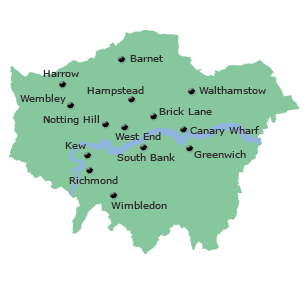
England is facing its driest start to spring in nearly seven decades, prompting the Environment Agency (EA) to urge stronger action from water companies to protect supplies.
Following a meeting of the National Drought Group on Wednesday, 7 May 2025, the EA called for urgent measures to reduce water leakage and encourage more efficient usage by the public. March was England’s driest since 1961, and April saw just 50% of its typical rainfall. In the North East and North West, conditions are the driest they’ve been at this point in the year since 1929, leaving many reservoirs at critically low levels and forcing farmers to begin irrigation earlier than usual.
While no official drought has been declared, the EA warned of a medium risk of one occurring this summer if dry conditions persist. The National Drought Group—which includes representatives from the Met Office, government, regulators, water companies, farmers, and environmental experts—emphasized the need for collective preparedness.
Chairing the meeting, Environment Agency Deputy Director of Water, Richard Thompson, said:
The changing climate means we will see more summer droughts in the coming decades.
The last two years were some of the wettest on record for England but drier conditions at the start of this year mean a drought is a possibility and we need to be prepared.
It’s heartening to see more people looking to reduce their water use and we expect water companies to do more to cut leakage and rollout smart meters.
There are currently no hosepipe bans in place, but the EA noted that such restrictions could be introduced if dry conditions continue. The agency is actively monitoring water company responses, especially in high-risk areas, and is preparing public guidance on water-saving measures.
Water Minister, Emma Hardy, said:
“Our water infrastructure is crumbling after years of underinvestment.
Water companies must go further and faster to cut leaks and build the infrastructure needed to secure our water supply.
The Government has secured over £104 billion of private sector investment to fund essential infrastructure, including nine new reservoirs to secure our future water supply into the decades to come”.
Highlights from the EA’s latest water resources update include:
- Reservoir levels in England are at 84% capacity, down from 90% in April 2022.
- River flows are below average across much of northern and central England.
- Chalk aquifers remain in generally good condition.
- Early-season irrigation demand is rising, putting pressure on on-site storage for farmers.
- Recent dry conditions have already triggered wildfires in Cumbria, Derbyshire, and Dorset.
The EA has urged all stakeholders to take proactive steps, including:
- Water companies intensifying leak reduction efforts and executing dry weather plans.
- Increasing public awareness on saving water during the ongoing dry spell.
- Farmers working with the National Farmers’ Union (NFU) to assess water needs and secure adequate supplies for the summer.
- Fisheries ensuring readiness for dry weather impacts.
The public is also encouraged to contribute by making small changes, such as using water butts to collect rainwater, taking shorter showers, and turning off taps when not in use.
With projections showing England will need an additional 5 billion litres of water per day by 2050—more than a third of current supply—the EA emphasized that long-term action is essential to protect the nation’s water security. Photo by Ian Paterson, Wikimedia commons.




































